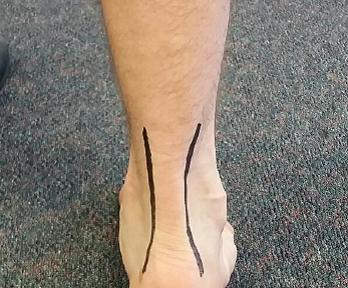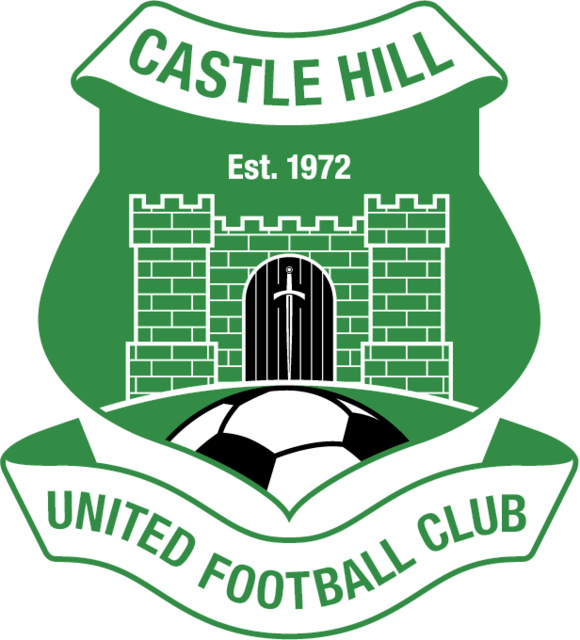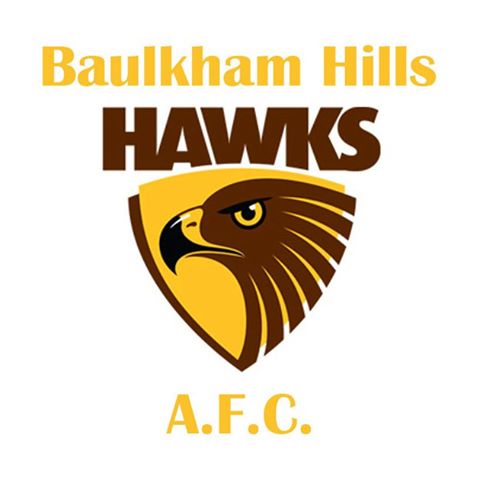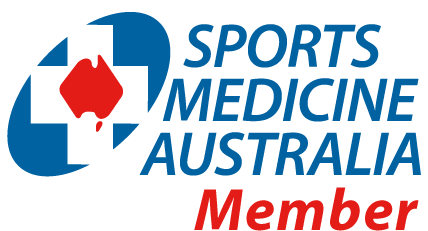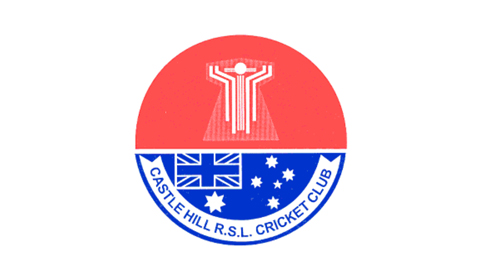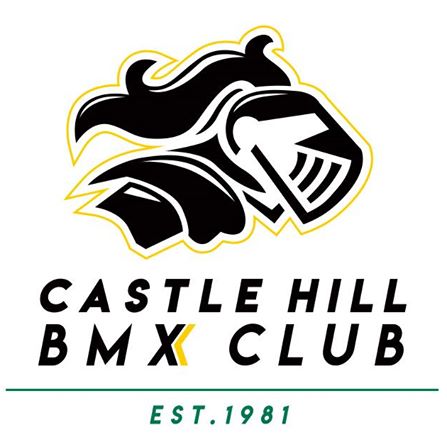It’s Chris Musgrave and I’ve recently joined Brendan and the team at Arrow Physiotherapy. I have a special interest in tendon injuries and rehabilitating them back to full function.
Don’t miss the tips below to manage Achilles tendon pain!
Achilles tendon problems can be very painful and frustrating conditions. If you’ve had the pain for quite some time it can start to impact how much you exercise and especially limit how much running you can do. They usually present as pain and stiffness at the back of the heel running up towards the calf muscle. Often they are painful in the morning and upon commencing exercise, but tend to improve once warmed up but may again deteriorate over the course of an exercise session or day. Additionally, they can be very painful the day after a lot of exercise.
The Achilles tendon is an important component for generating power and propulsion during fast paced activities such as running and jumping. Often sub optimal loading of the area can result in pain and irritation. Tendons are generally very robust structures, however they do not respond well to large changes in loading – for example someone increasing their running distance in one week from 10km to 50km (total km’s over the week).
“Have you recently increased how much activity you are doing?”
Fortunately, if your pain is recent it can be managed fairly quickly with some active rest and proper loading of the area. On the other hand, if your pain has persisted for a long time you will need a highly structured, detailed and personalised rehabilitation plan. This may include:
- A structured individualised exercise loading program
- Assessing your biomechanics
- Strength training
- Use of orthoses
- Strapping to assist in deloading the tendon
- Avoidance of particular aggravating activities
In summary, load management is the most important aspect in both keeping your tendon healthy and rehabilitating your tendon from injury.
Avoid large spikes in running, walking and your exercise activities and ensure the appropriate amount of rest between sessions.
Some common mistakes we see include:
- Excessive stretching of the tendon
- Aggressive massage over the tendon
- Pushing through the pain
If any of the above applies to you or you are experiencing any of the symptoms outlined, whether recently or for a long period of time, come in to the clinic for a personalised rehabilitation plan to get you back doing the things you love.

